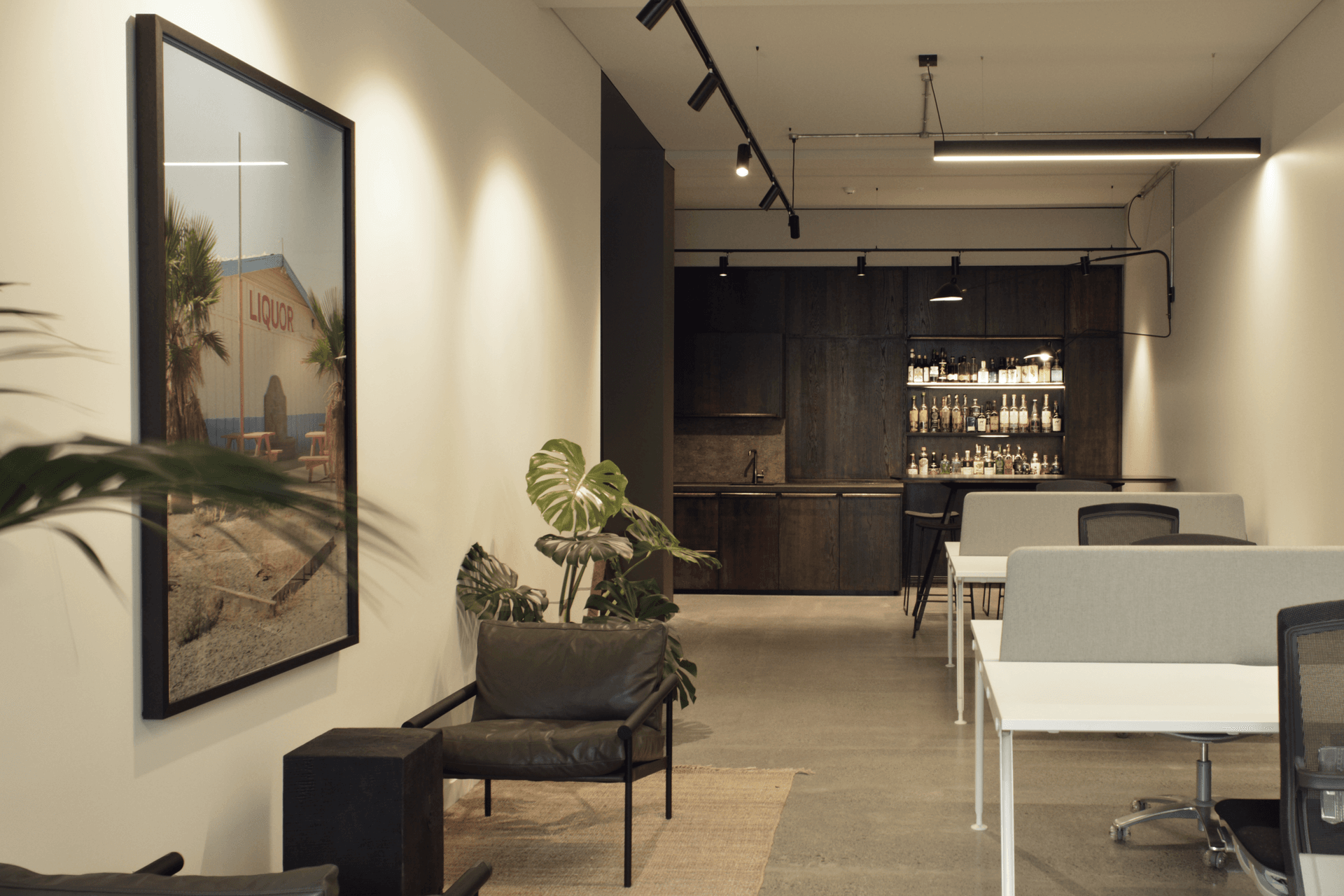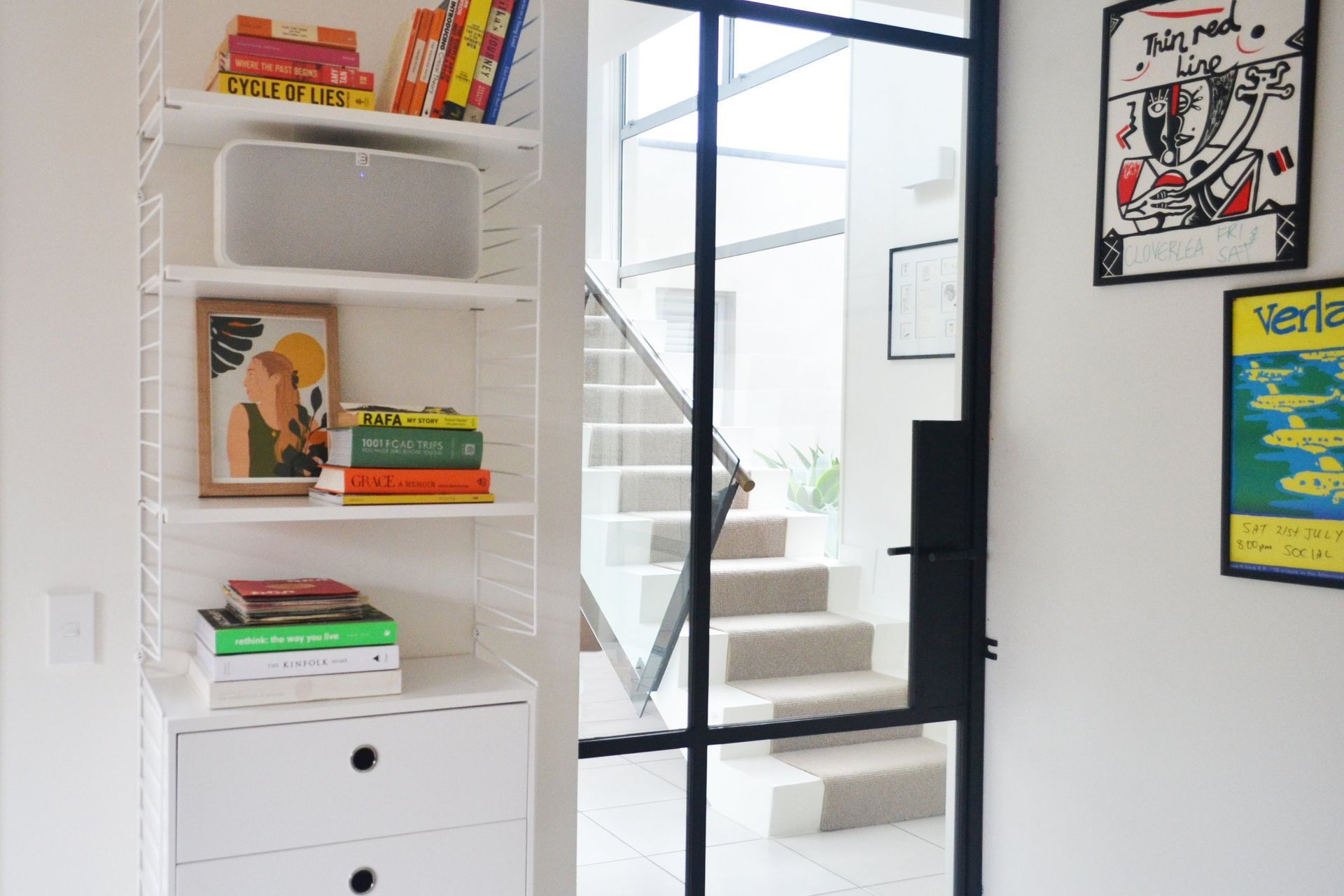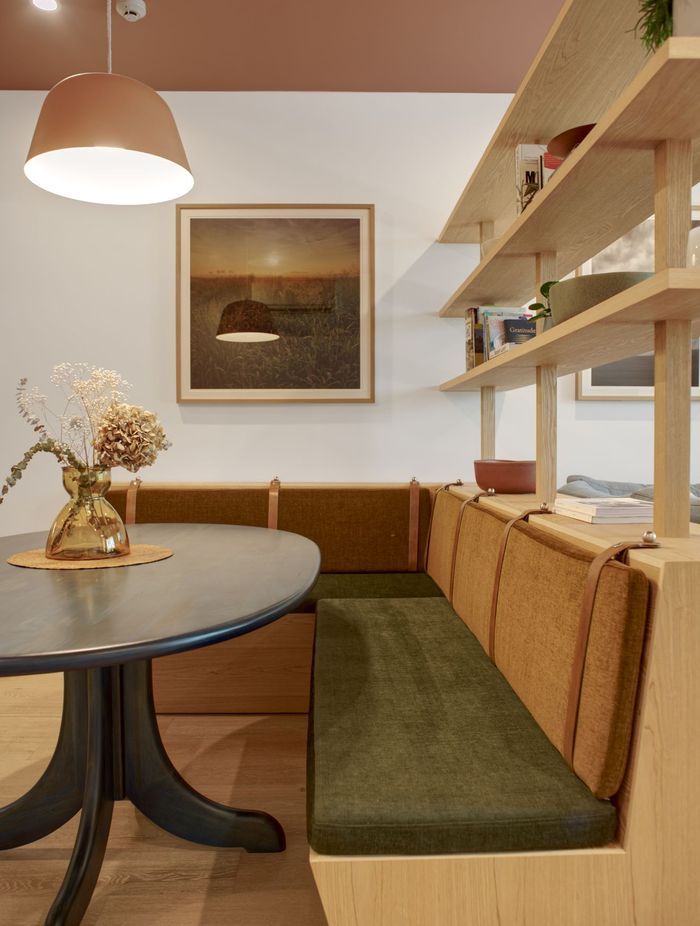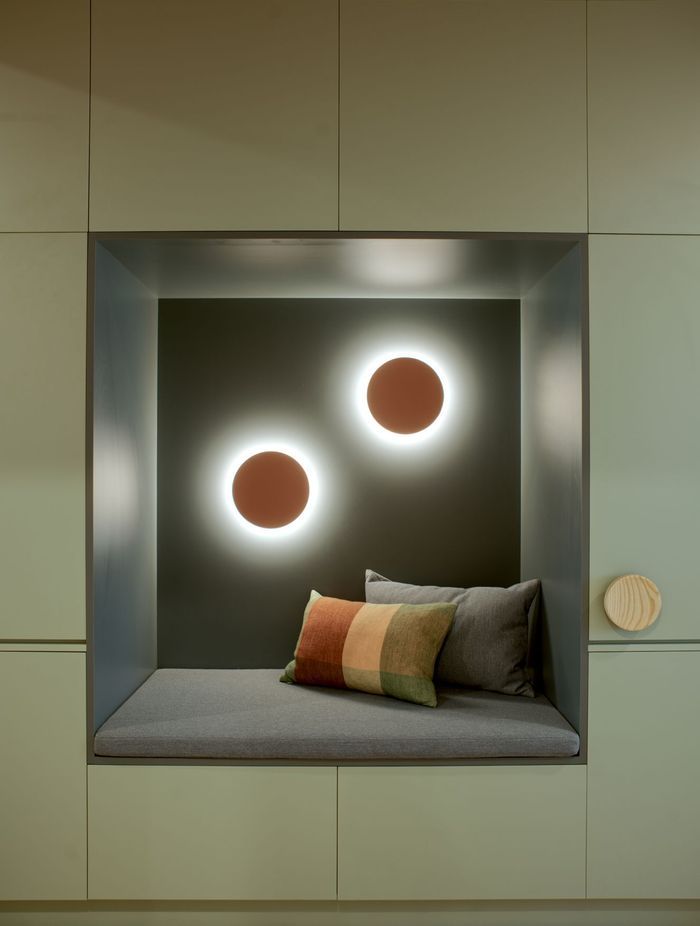The new design duo giving spaces the individualism they deserve
Written by
28 August 2022
•
7 min read

Natalia Glucina and Kate Pilot came to know each other in the hallways of Auckland’s Unitec Institute of Technology, a year apart in their studies, and each worked separately before joining forces earlier this year to create their own practice – Kanat Studio.
“After gaining industry experience, I guess we each came to our own fork in the road and for our own reasons decided to leave our jobs. It was possibly serendipitous to find ourselves in similar situations, wanting to work for ourselves and also really get creative with spaces,” shares Natalia.
“We spent a lot of time talking about what design meant to us individually and found ourselves to be aligned in our client approach and philosophy. It was a very easy decision for us to team up, especially understanding that collaboratively we could produce some great designs.”

Natalia had always had an affinity for art and curating her surroundings, but never gave her artistic abilities much credit in high school: “Which I still feel some regret for now. I ended up in hospitality for 10 years, owning and running cafés with my Mum and sister. During that time I began to develop creativity through art and became increasingly more interested in space. I never thought I had the patience for art and also my styles and mood varied so much I could never maintain a signature aesthetic.”
Space, however, allowed her to explore different styles.
“Interior design allows a finger in so many design pies, it's very cool. I impulsively went back to uni with plenty of motivation to make it count,” she says.
As for Kate, her career started in film – working for over 12 years in the art department on props and sets for movies and television productions. After having children, she then decided to retrain and become an interior designer, building on her experience and knowledge in props buying and set dressing.
I think my background in film and television gives me another perspective of how to create an environment.
“There are lots of parallels and complementing skill sets,” says Kate, who is originally from Germany and spent her childhood holidays visiting other European countries, which first sparked her fascination for different environments.
“I think my background in film and television gives me another perspective of how to create an environment. Often, sets can be character-driven and a whole world might be based on certain concepts, or sets in a different time and world. You do a lot of research and exploration, which influences the overall look of the sets.
“I was lucky to work on movies like Narnia and Avatar where I got to work with incredibly talented creatives, technicians and craftspeople of all trades.”
Working with local artisans
In Kate and Natalia’s interior design work, working with talented craftspeople and professionals is also a key part of any project because they bring individuality and help give interiors the attention they deserve.
“There is a lot of beautiful and thoughtful craftsmanship by local artists and furniture makers,” says Natalia. “Their work steps away from a more familiar New Zealand aesthetic, with inspired and individual design. Their skills are on par with what is available internationally.
“The slow fashion movement has brought all these amazing creatives into the light and we’re lapping up the individuality and investing into the craft.”
When starting a new project, there is no formula that Kanat Studio follows – instead, it is about working with the client to find what they need.
“Every project has its own personality, which often becomes apparent when you first step into a space. After that first meeting I find myself madly inspired, brain dumping my ideas in a notebook and trawling for imagery to support it,” says Natalia. “There is also a lot of conversation with the client to identify their wants, needs and preferences, and really understand them as individuals.”
Every project has its own personality, which often becomes apparent when you first step into a space.

Taking designs to another level
From this, the duo work to craft a bespoke design derived from the process of collaboration.
“I love that we see more variation and exploration today – New Zealanders are starting to be braver and also don’t stick to rules so much,” says Kate. “For a long time, there were a lot of architecture-driven designs paired with our amazing scenery, but in the last decade interiors have grown a lot in New Zealand which is really exciting.
“People care more about the spaces they live in and the spaces they go and socialise in. Good design really can enhance those spaces and our living, and more and more people realise that now.”
It’s this explorative nature of interior design that the co-founders of Kanat Studio love most, and while the studio is only relatively new to the design scene, Kate and Natalia have some design goals they’d love to accomplish.

Good design really can enhance those spaces and our living, and more and more people realise that now.
“We’d love to work with more brands and get into retail to create experiences. I also would love to collaborate with artists, creatives and architects to bring more installations to life,” shares Kate, who is a fan of work by artist Olafur Eliasson.
When a close friend took her to visit his workplace at the artist’s studio in Berlin, it turned out to be an experience that would shape how she thinks about design.
“The studio is set in a multi-storey old brick building that they occupy on all levels and which includes various work areas for different departments, a kitchen with a massive dining table and benches, model rooms, installations everywhere – sometimes you don’t even notice them right away and then suddenly you are surprised by how clever his perspective artworks are positioned and the thought behind it,” she says.
“It really spoke to me on a conceptual level and how the environment, good ideas, as well as playfulness and experimentation can move people, regardless if they are interested in design or not. Art can be very powerful and should always be present in an environment one way or another.
“I like that Pac Studio started exploring concepts a little like Olafur Eliasson and created the rainbow machine (a public art piece in Takapuna, Auckland) a few years back – it’s a little bit of science as a playful experience for all kinds of people to enjoy.”

Shaping individual designs
Natalia shares a pivotal experience that has also influenced her work: visiting the Barcelona Pavilion designed by Ludwig Mies van der Rohe and Lilly Reich.
“It is enduringly contemporary despite being designed nearly 100 years ago. Originally designed for an international expo, the only piece of furniture within it is the Barcelona Chair,” she says.
A minimalist composition of square forms, marble, and shallow pebble-filled pools fill the space and blur the lines between indoors and out.
“Walking through the pavilion feels spiritual and meditative. To me, it suggests that we need very little to enjoy a space and our connection to empty space and nature are just as important as the things we acquire. When designing, I throw everything in and then take things away until the essential elements remain.”
We need very little to enjoy a space and our connection to empty space and nature are just as important as the things we acquire.
The most rewarding part of their work, though, is crafting spaces that delight their clients.
“I love so many different styles and designs and can see value and beauty in a lot of things, even if they might not be right for my home,” says Kate. “The most rewarding thing is seeing the client being so grateful and finding a real connection to the design, understanding why we might have designed something the way we did or why we chose certain things over others.”
Natalia adds: “I like to push the client a little and give them something unexpected. When I've extended them and their preconceptions as well as delivered on their needs, I feel I have done my job.”
Words by Cassie Birrer


